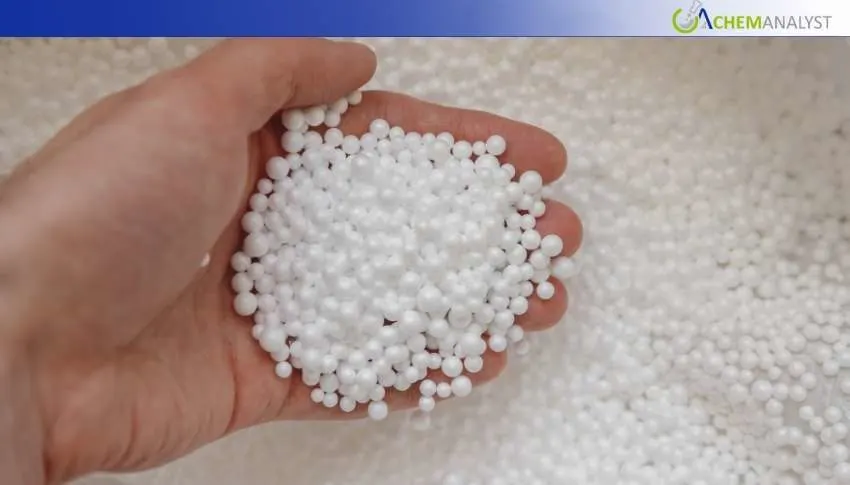Welcome To ChemAnalyst

The first half of October 2025 saw stable prices for Polyoxymethylene (POM) in both China and the US, supported by strong supply and low demand. In spite of favorable feedstock dynamics and continuous production, downstream sectors showed little desire to purchase in bulk, maintaining pricing equilibrium and bolstering a cautious market mentality.
China Polyoxymethylene (POM) prices remained unchanged during the first half of October 20225 due to solid supply and weak demand. On the supply side, lower formaldehyde prices eased production costs, as POM producers could continue to produce without losing their margins. Improved industrial performance in the latter part of Q3, combined with improved operational efficiency across key manufacturing hubs, provided support to a firm supply base.
Additionally, there was a notable improvement in logistics, with lead times dropping for the first time in seven months as a result of increased product availability and supplier cooperation. There were no reported plant shutdowns or weather-related delays, keeping POM production and delivery smooth.
Demand on the other hand remained muted. The 12.9% rise in domestic vehicle sales failed to translate to higher POM intake, as converters turned to short-term purchasing tactics in the presence of sufficient inventories and short forward visibility.
Export orders remained weak in response to storms that ravaged Vietnam, softening auto sales in India, and weaker vehicle production in Brazil. Buyers across markets postponed bulk orders into later quarters with the hope of year-end deals and favouring short-cycle shipping. These forces resulted in keeping overall consumption level and POM prices steady.
POM pricing in the USA likewise remained constant during the first half of October 2025, indicating a market operating in balance with stable supply and limited demand. Good weather along major shipping lanes, and declining formaldehyde prices aided in maintaining domestic production. Despite an increase, import flows and export commitments were not significantly impacted by tariff-related vendor delays. Producers aligned production with current demand by maintaining conservative output levels to prevent inventory building.
On the demand side, the automobile sector had a 13.91% decline in passenger car sales, causing OEMs to reduce purchasing of POM used in under-the-hood components, cable insulation, and structural materials. Plastic converters consumed inventories rather than fresh orders, citing restricted visibility and margin-led plans.
Export demand was mixed, with Canada's modest auto sales growth being offset by Mexico's decline. Broader downstream applications did not experience meaningful rebound, supporting contained POM consumption and firm prices. Buyers still avoided bulk purchasing, anticipating potential price softening and preferring short-cycle delivery.
Looking ahead, it is anticipated that low visibility and cautious downstream behaviour would continue to put pressure on the POM markets in China and the United States. Although supply chains are in a good position to enable consistent availability, improved performance in the automotive and industrial sectors will be necessary for demand recovery.
It is expected that end-of-year discounting expectations and macroeconomic challenges would impact procurement strategy, with purchasers choosing to avoid aggressive restocking and retain short-cycle buying. Pricing trend for POM is probably going to stay flat for the rest of the quarter until demand fundamentals change.
We use cookies to deliver the best possible experience on our website. To learn more, visit our Privacy Policy. By continuing to use this site or by closing this box, you consent to our use of cookies. More info.
